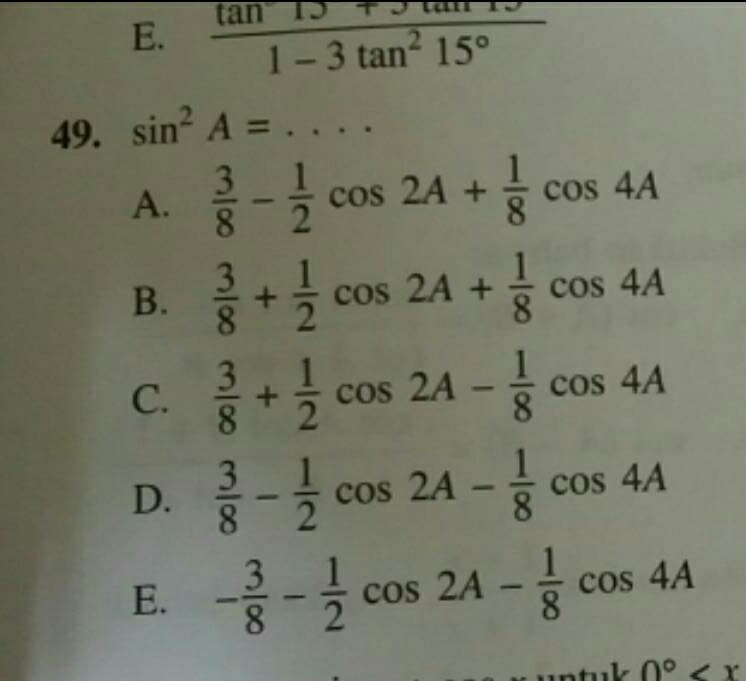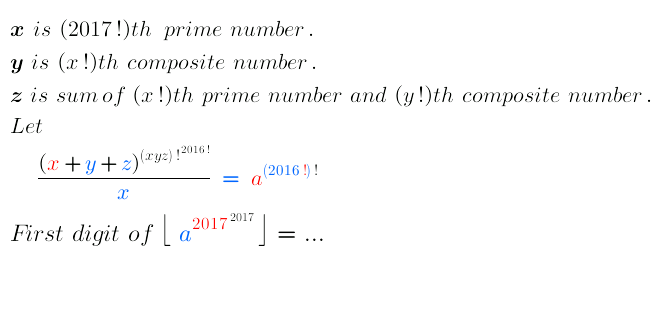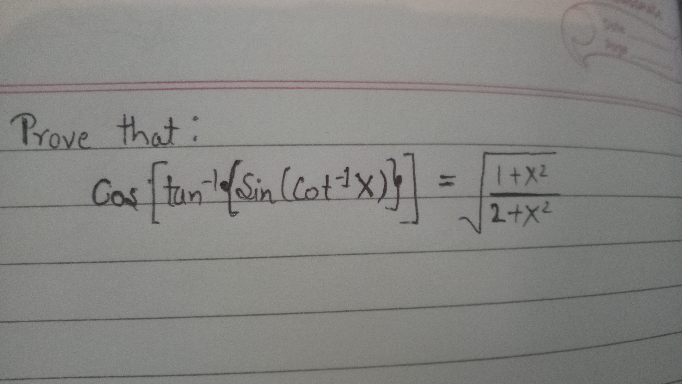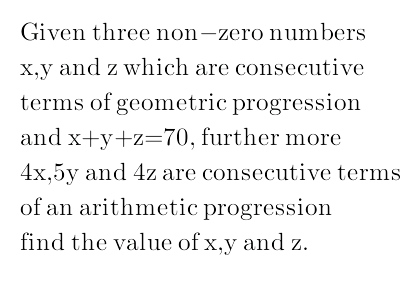
AllQuestion and Answers: Page 1789
Question Number 30858 Answers: 2 Comments: 0
$$\int_{\mathrm{0}} ^{\mathrm{1}} \mathrm{x}\mid\mathrm{x}−\mathrm{4}\mid\mathrm{dx} \\ $$
Question Number 30862 Answers: 1 Comments: 0

Question Number 30861 Answers: 1 Comments: 0
Question Number 30860 Answers: 1 Comments: 0
Question Number 30856 Answers: 1 Comments: 1

Question Number 30855 Answers: 1 Comments: 0
Question Number 30849 Answers: 0 Comments: 5
Question Number 30840 Answers: 0 Comments: 1

Question Number 30836 Answers: 0 Comments: 1

Question Number 30827 Answers: 0 Comments: 0

Question Number 30823 Answers: 1 Comments: 0

Question Number 30820 Answers: 1 Comments: 0

Question Number 30813 Answers: 1 Comments: 0

Question Number 30808 Answers: 3 Comments: 0

Question Number 30803 Answers: 1 Comments: 0
Question Number 30798 Answers: 0 Comments: 1
Question Number 30796 Answers: 0 Comments: 0
Question Number 30787 Answers: 0 Comments: 0

Question Number 30783 Answers: 1 Comments: 0
Question Number 30780 Answers: 1 Comments: 0

Question Number 30777 Answers: 0 Comments: 0
Question Number 30776 Answers: 1 Comments: 1
Question Number 30775 Answers: 1 Comments: 1
Question Number 30774 Answers: 1 Comments: 1
Question Number 30773 Answers: 0 Comments: 1
Question Number 30771 Answers: 0 Comments: 0
Pg 1784 Pg 1785 Pg 1786 Pg 1787 Pg 1788 Pg 1789 Pg 1790 Pg 1791 Pg 1792 Pg 1793
